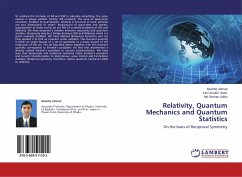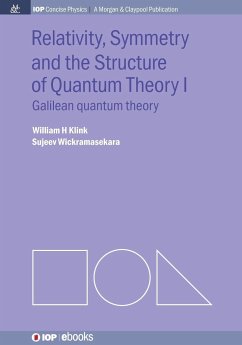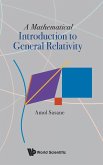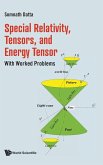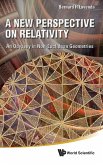To combine the formulas of GR and QM to calculate something, the same answer is always yielded: infinity, still unsolved. The issue of space-time curvature, Problem of quantization, Universe is non-local or local, particles are zero dimensional or what?, Background of space-time and matter, superposition of states and so on are few of unsolved problems of QM and Relativity. We have observed a relation between reciprocity and quantum statistics. Reciprocity may be a bridge between QM and Relativity which is a great unsolved problem. We have defined Reciprocal Symmetry and we have applied it to find an invariant under addition. This invariant quantity is either an upper bound of a set of quantities or a lower bound of the reciprocals of this set. The set bounded above together with this invariant quantity corresponds to Einstein s postulate. we find that discreteness is directly related Einstein s postulate or Lorentz transformation. We have seen that Reciprocals and reciprocal symmetry relate Einstein s postulate and Lorentz transformation to discreteness, wave motion and Fermi-Dirac statistics. Reciprocal symmetry, therefore, relates quantum mechanics (QM) to relativity.
Bitte wählen Sie Ihr Anliegen aus.
Rechnungen
Retourenschein anfordern
Bestellstatus
Storno

